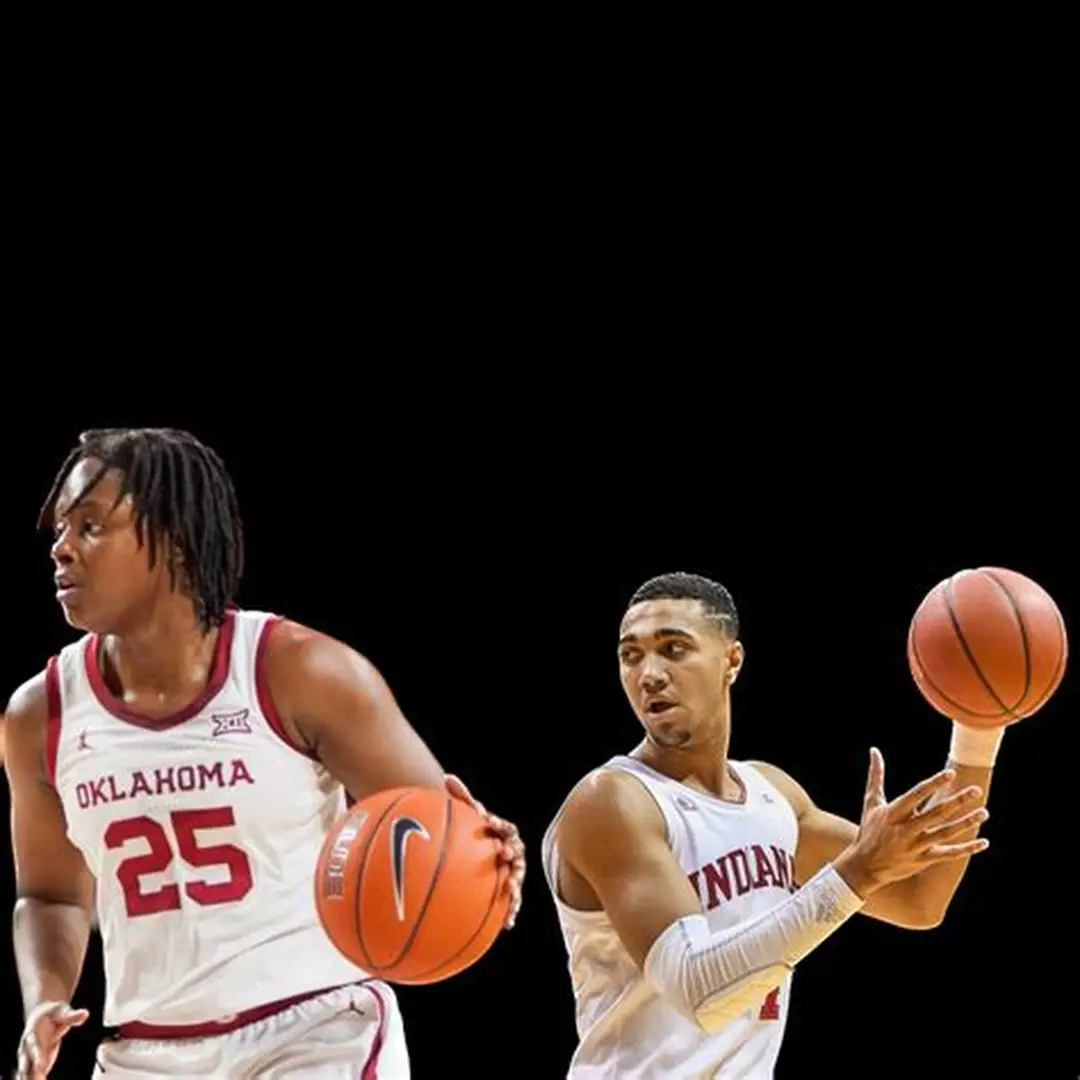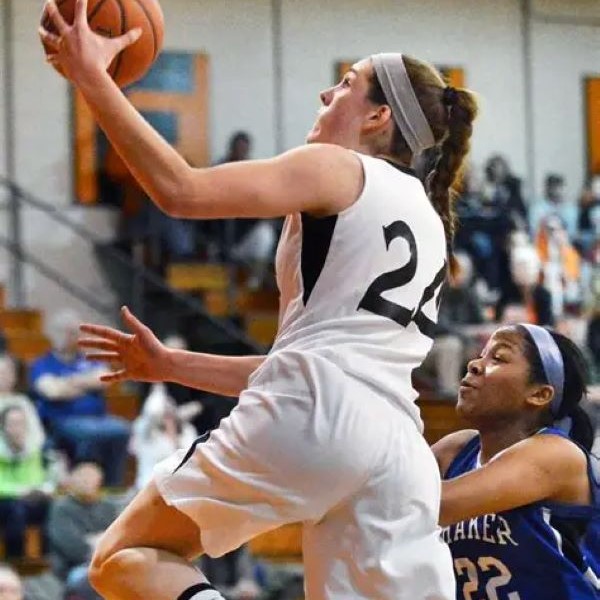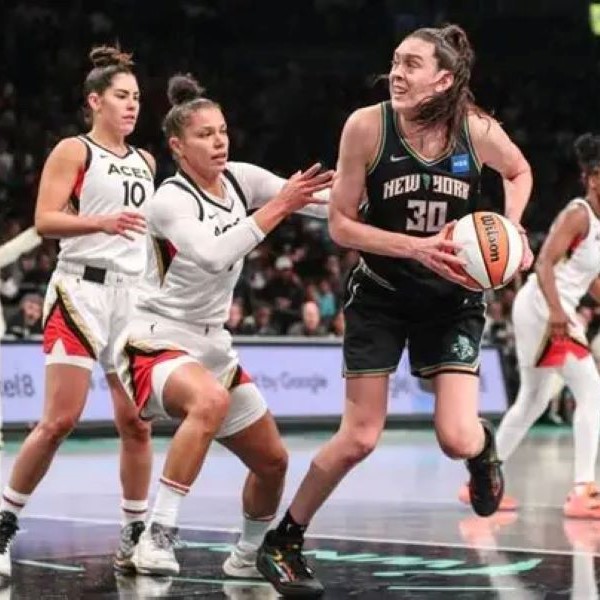Many people ask, “how many quarters in college basketball?” The answer is simple: college basketball does not use quarters. Instead, it is played in two 20-minute halves. This structure sets it apart from professional leagues like the WNBA or FIBA, which do use four quarters.
Understanding this format helps fans follow the game more closely. It also allows players and coaches to plan strategies around halftime breaks and timeout usage. Since the game is split into halves, pacing becomes crucial. Teams must balance aggression with endurance over 40 minutes of regulation play.
Moreover, the shot clock resets after each half and certain stoppages. This impacts how teams manage possession and scoring opportunities. Unlike quarter-based systems, there’s no automatic reset at the end of a segment.
Halftime lasts about 15 minutes. Coaches use this time to adjust tactics. Players rehydrate and rest before returning for the second half.
Overtime periods are ten minutes long if the score is tied. Each overtime is treated as a separate unit. Multiple overtimes can occur until a winner is decided.
As we explore further, you’ll learn why this format exists, how it compares to other leagues, and its impact on gameplay.
 Why College Basketball Uses Halves Instead of Quarters
Why College Basketball Uses Halves Instead of Quarters
The NCAA chose a two-half system to preserve tradition and maintain game flow. This format has been used since the early days of American basketball. It reflects the sport’s original design.
In contrast, the NBA and WNBA adopted quarters to align with international standards. But college basketball stayed with halves. This decision keeps college games distinct.
Using halves affects strategy. Coaches cannot rely on quarter-end resets. They must manage fouls and player rotations across a longer stretch.
There’s also less disruption. Fewer breaks mean a smoother rhythm. This benefits fan engagement and broadcast timing.
Some argue that quarters allow better pacing. However, the NCAA believes the current model supports competitive balance.
Additionally, halftime provides a natural midpoint. Teams review performance and make adjustments. This break is longer than inter-quarters in pro leagues.
Youth leagues often mimic the college format. High school basketball uses two 16- or 18-minute halves. This prepares players for collegiate play.
Ultimately, the choice to avoid quarters maintains consistency across NCAA sports.
Game Structure: Length and Timing of College Basketball
How many quarters in college basketball? A standard college basketball game lasts 40 minutes of regulation. Each half runs for 20 minutes. The clock stops frequently for fouls, out-of-bounds, timeouts, and free throws.
The shot clock is set at 30 seconds. This replaced the 35-second clock in 2015. It speeds up play and increases scoring chances.
Teams get four charged timeouts per game. Each is 30 seconds or a full media timeout. Unused timeouts do not carry over between halves.
TV broadcasts include commercial breaks. These happen after specific intervals. They extend real-time duration to about two hours.
The first half ends when the clock hits zero. Then comes a 15-minute halftime break. This allows recovery and team discussions.
After halftime, the second half begins with a jump ball or possession arrow. Play continues under the same rules.
If the score is tied, a five-minute overtime period starts. Additional overtimes repeat until one team leads at the end.
This structure emphasizes endurance and mental focus. There are no short segments to reset momentum.
 Comparing College Basketball to Other Leagues
Comparing College Basketball to Other Leagues
College basketball differs from other leagues in several ways. The most obvious is the use of halves instead of quarters.
The NBA uses four 12-minute quarters. The WNBA uses four 10-minute quarters. FIBA (international) games also have four 10-minute quarters.
NCAA men’s and women’s basketball both use two 20-minute halves. This creates a unique rhythm. There are fewer built-in breaks.
Shot clocks vary too. The NBA uses a 24-second clock. The NCAA uses 30 seconds. This leads to slightly slower offensive pacing.
Timeout rules differ. In the NBA, teams carry unused timeouts forward. In college, they reset each half.
Foul limits are higher in college. Players are allowed five personal fouls before disqualification. The NBA allows six.
Game length in real time also varies. College games average two hours. NBA games often exceed two and a half hours due to more commercials and stoppages.
These differences affect how players transition between levels. Adapting to new timing takes practice and experience.
Impact of the Two-Half Format on Strategy
Coaches must adapt their plans to the two-half system. Without quarter breaks, managing energy and fouls becomes more complex.
For example, star players often start strong but need rest. Substitutions happen during dead balls or media timeouts. Planning rotation timing is essential.
Foul trouble is a major concern. With only five allowed fouls, losing a key player mid-game can be devastating.
Teams may slow the pace in the second half if leading. This is called “playing under control.” It reduces risks and conserves time.
Conversely, trailing teams press harder. They may use full-court defense or increase shot attempts.
The 30-second shot clock encourages quicker decisions. However, some teams still use delay tactics near the end of halves.
Timeouts are saved for critical moments. Coaches often save two for the final ten minutes.
Halftime offers a strategic reset. Adjustments based on first-half data improve second-half performance.
Overall, the format rewards preparation and discipline.
 Overtime Rules in College Basketball
Overtime Rules in College Basketball
When regulation ends in a tie, college basketball moves to overtime. Each overtime period lasts five minutes.
There is no limit to how many overtimes can occur. Games continue until one team wins. Some matchups go into double or even triple overtime.
Before overtime starts, teams switch baskets. This ensures fairness in court conditions.
Each overtime begins with a jump ball or possession arrow. No new opening tip is used.
Teams get one additional timeout per extra period. This helps manage fatigue and strategy.
All previous statistics carry over. Player fouls, points, and rebounds remain unchanged.
Scoring accumulates across all periods. The final score includes every basket made.
Because players are already tired, overtimes test endurance. Mistakes increase as focus fades.
Historic games like Connecticut vs. Syracuse in 2009 lasted six overtimes. Such events highlight the physical demands of the format.
How the Clock Works During Halves
The game clock in college basketball stops and starts frequently. It runs continuously during live play but pauses for many reasons.
It stops when a foul is called. Officials assess the penalty before restarting.
It halts when the ball goes out of bounds. The official nearest the spot signals for a throw-in. The clock resumes when the ball is released.
Free throws also stop the clock. After the last attempt, the clock restarts when the ball is touched by a player on the court.
During the last five minutes of the second half, the clock behavior changes. It stops after every made basket. This allows teams to strategize and substitute.
Media timeouts occur at designated intervals. These happen after certain scores or TV cues.
Coaches call timeouts to stop the clock. This gives them time to draw plays or regroup.
Players can also stop the clock by calling a timeout if available.
Mastering clock management is a key skill for winning teams.
Common Misconceptions About College Basketball Timing
Many fans believe college basketball uses quarters. This confusion arises because other leagues do. Clarifying this prevents misinformation.
Another myth is that the shot clock resets at halftime. It doesn’t. It always starts at 30 seconds when the half begins.
Some think timeouts carry over. They don’t. Each half gives teams a fresh set of four timeouts.
People assume the game ends exactly at 40 minutes. But due to stoppages, real-time duration is much longer.
Others believe overtime is shorter than regulation. It’s not. Each OT is five minutes—just shorter than a half.
There’s also a false idea that players get more fouls in college. They actually get one fewer than in the NBA.
Finally, some think women’s college basketball uses quarters. It doesn’t. Both men’s and women’s NCAA games use two 20-minute halves.
Correcting these myths improves fan understanding.
 Frequently Asked Questions About How Many Quarters in College Basketball
Frequently Asked Questions About How Many Quarters in College Basketball
Does college basketball have quarters?
No, it uses two 20-minute halves instead of four quarters.
How long is each half?
Each half lasts 20 minutes of playing time.
Are there breaks between quarters?
Since there are no quarters, there are no such breaks.
Do women’s college games use quarters?
No, they follow the same two-half format as men’s games.
How long is overtime?
Five minutes per overtime period.
Can a game have multiple overtimes?
Yes, until one team is ahead at the end.
Is the shot clock different in college?
Yes, it’s 30 seconds, unlike the NBA’s 24 seconds.
Do timeouts carry over to the next half?
No, each half starts with four new timeouts.
 Final Thoughts on Understanding How Many Quarters in College Basketball
Final Thoughts on Understanding How Many Quarters in College Basketball
To sum up, the question “how many quarters in college basketball” has a clear answer: none. The NCAA uses a two-half system that defines its unique rhythm and strategy.
This format distinguishes college play from professional and international styles. It emphasizes endurance, smart substitutions, and halftime adjustments.
Fans who understand the structure enjoy games more deeply. They recognize why coaches make certain decisions. They appreciate the pressure of late-game scenarios.
Players benefit too. Knowing the timing helps them pace themselves and avoid foul trouble.
Whether you’re a student, athlete, or casual viewer, knowing how the game is divided enhances your experience. So remember—college basketball isn’t about quarters. It’s about two intense halves that test skill, stamina, and heart. And once you grasp how many quarters in college basketball actually exist—zero—you’ll see the sport in a whole new light.